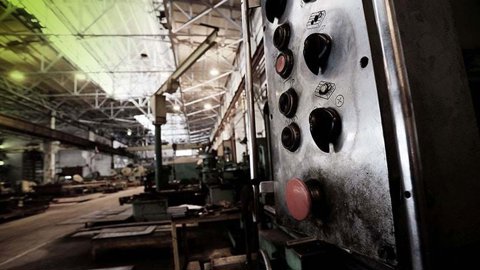
What is Mesothelioma?
Mesothelioma is a cancer of the lining of the lungs and it is associated almost exclusively with exposure to asbestos. Just one asbestos fibre is thought to be enough to cause the disease.


Partner, Industrial Disease Claims
A man in his 80s went to his GP after he began experiencing a shortness of breath. His GP then sent him for an X-ray which returned sinister findings. A month later, he had further investigations, including a CT scan, which finally led to his diagnosis of mesothelioma – an asbestos-related cancer of the lining of the lungs.
Mesothelioma is a thankfully a relatively rare disease but can occur in those who have worked with asbestos or been exposed to it, even in small amounts. There are around 2,700 cases in the UK every year. It mainly occurs around the lungs, hearts or abdomen, and it causes the following symptoms:
Unfortunately, there is no definitive cure for mesothelioma, but prognoses at an early stage is far more positive than with a later stage diagnoses. Various medical treatments can be offered to prevent the disease from progressing as rapidly as it otherwise might, but there is nothing that can be done to cure it completely.
Sadly, in September 2018, the man was advised that his mesothelioma was incurable and that the only treatment available was chemotherapy. The chemotherapy was offered to slow down the progression of the disease, butwouldn’t be able to stop it entirely. The doctors also told the man that his life expectancy would be a number of months, rather than years, because of this condition.
On average, in the UK, more than 55 out of 100 people will survive Mesothelioma for 1 year or more, but different types affect patients differently. The man in this case was only given a few months, as his diagnosis came at a later stage of the Mesothelioma’s development.
In the lead up to his diagnosis, our client was unaware that he was suffering an asbestos-related disease. When he was diagnosed he was then advised by the hospital that he should look into claiming compensation, which is when he first reached out to us.
To find out more about how we can help following a mesothelioma diagnosis, get in touch with our industrial disease team.
UK Government. (Publication date not specified). "Diffuse Mesothelioma Payment." Available at: https://www.gov.uk/diffuse-mesothelioma-payment.
UK Government. (Publication date not specified). "Industrial Injuries Disablement Benefit." Available at: https://www.gov.uk/industrial-injuries-disablement-benefit.
Health and Safety Executive (HSE). (Publication date not specified). "Asbestos: The licensed contractor’s guide (EM6)." Available at: https://www.hse.gov.uk/pubns/guidance/em6.pdf.
NG Bailey. (Publication date not specified). "Home - NG Bailey." Available at: https://www.ngbailey.com/.
UK Government. (Publication date not specified). "Asbestos: General Information." Available at: https://www.gov.uk/government/publications/asbestos-properties-incident-management-and-toxicology/asbestos-general-information.
Cancer Research UK. (Publication date not specified). "Mesothelioma: Risks and causes." Available at: https://www.cancerresearchuk.org/about-cancer/mesothelioma/risks-causes.
Simpson Millar LLP. (Publication date not specified). "Asbestos Claims - Personal Injury Solicitors." Available at: https://www.simpsonmillar.co.uk/personal-injury-solicitors/asbestos-claims/.
Cancer Research UK. (Publication date not specified). "Mesothelioma: Survival." Available at: https://www.cancerresearchuk.org/about-cancer/mesothelioma/survival.
Mayo Clinic. (Publication date not specified). "Chemotherapy." Available at: https://www.mayoclinic.org/tests-procedures/chemotherapy/about/pac-20385033
Asbestos.com. (Publication date not specified). "Is Mesothelioma Curable?" Available at: https://www.asbestos.com/treatment/mesothelioma-cure/
Cancer Research UK. (Publication date not specified). "Mesothelioma Statistics." Available at: https://www.cancerresearchuk.org/health-professional/cancer-statistics/statistics-by-cancer-type/mesothelioma
NHS. (Publication date not specified). "Mesothelioma." Available at: https://www.nhs.uk/conditions/mesothelioma/.
Fill in the form below to get in touch with one of our dedicated team members, or call our team today on: 0808 239 0144